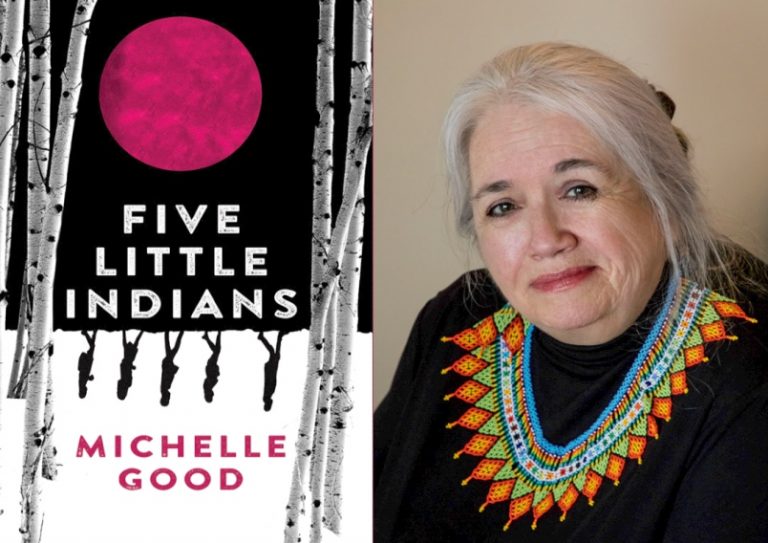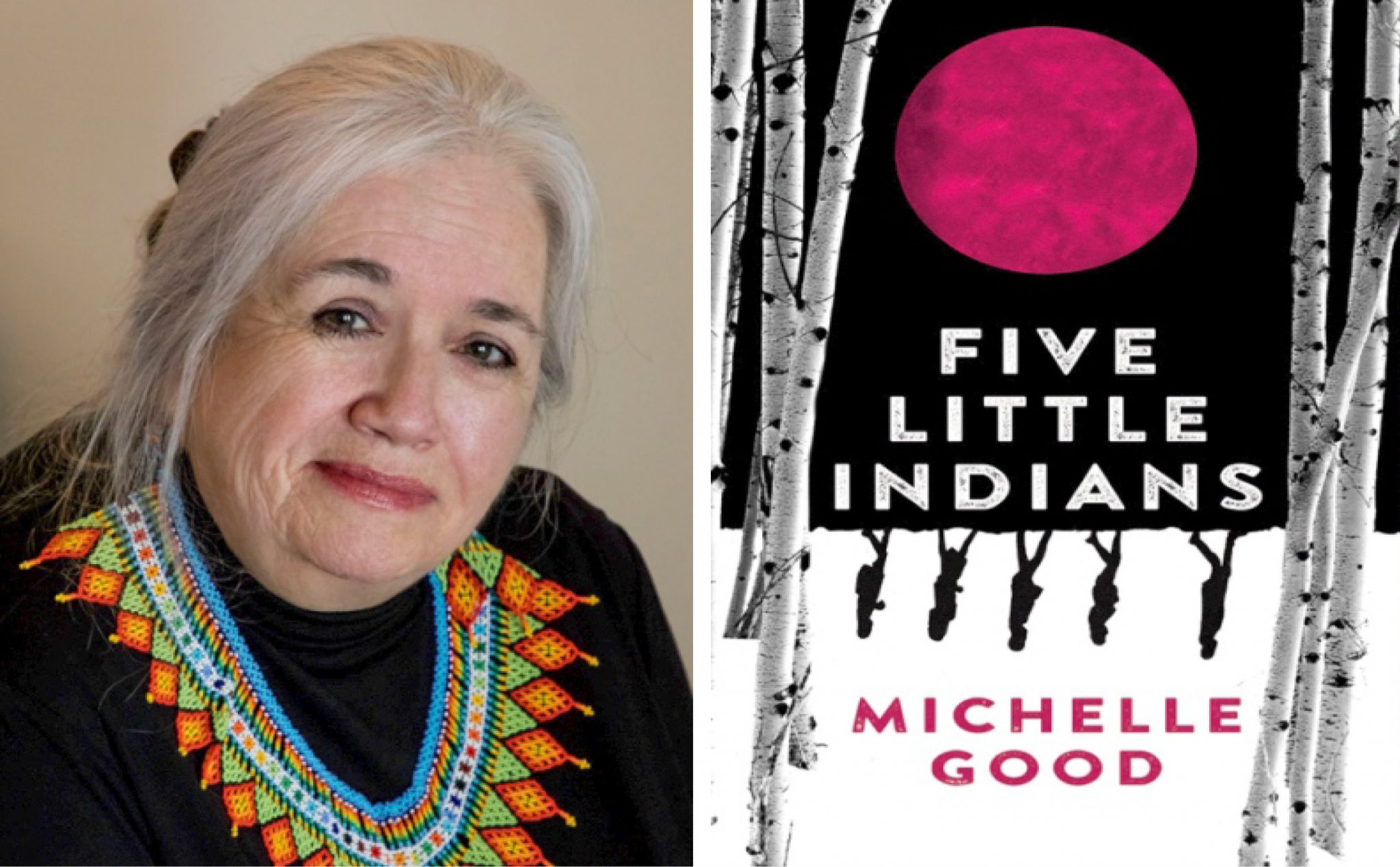

It’s clear that she writes her characters with love and feels a genuine connection to them. This doesn’t end up being a problem for Good, though. With a group novel that tries to represent many dimensions of a huge experience, the temptation is to get the widest cross-section of individuals possible, with each character chosen more for their place in the scheme than because the novelist feels a genuine connection to them. So, while continuing to practice law, she attended UBC’s creative writing program and wrote this book as her thesis - to show exactly why survivors can’t “just get over it.” Michelle Good of Chase, BCīefore reading the book, I was worried that having five different protagonists might end up unbalancing the novel. “Why can’t they just get over it?” is the question that Michelle Good kept hearing in discussions of residential schools, and as someone who spent 14 years as a lawyer helping survivors with litigation, she has been party to many such discussions.

The subject is residential schools, but not so much the experience itself as the lifelong effects it has on those who survived it. Teaching and healing are likewise central to Five Little Indians, the novel by Michelle Good (Red Pheasant Cree from Saskatchewan). There is a sense of mission among Indigenous authors, a sense that writing is there to do something and not merely to entertain.

And wherever Indigenous authors gather to discuss their craft, the words “teaching” and “healing” come up incessantly. Look at any famous Indigenous author, whether that be Pauline Johnson or Richard Wagamese, and you’ll find that teaching and healing are central to their texts. Teaching and healing have always been important aspects to Indigenous writing in Canada. Toronto: HarperCollins Canada (Harper Perennial), 2020


 0 kommentar(er)
0 kommentar(er)
